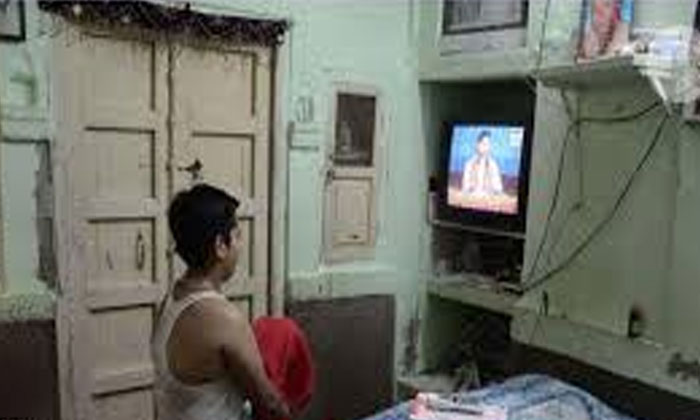With increased electricity access, less time and effort is needed for tasks related to cooking, water collection, and other housework, which are typically undertaken by women, but a new study has found that benefits of increased electrification in rural India do not accrue equally for women. The researchers found that the gender gap of electricity use existed even for the least expensive appliances, such as fans and light bulbs.
While the poorest households in the survey had multiple bulbs and fans, they were rarely found in kitchen spaces, despite interviewees saying that this location would make their household duties easier and free up time for other activities. “The prevailing view with electricity access is that if households receive a grid connection, it should especially benefit women,” said the study”s corresponding author Daniel Armanios, Assistant Professor of Engineering and Public Policy (EPP) at Carnegie Mellon University in the US.
The new study, published in the journal Nature Sustainability, however, showed that the linkages between these goals can be more complex than anticipated. The researchers employed a two-part mixed-methods approach to understand how electrified households use energy. First, Meital Rosenberg from the University of Pittsburgh in the US travelled to Gujarat, where she conducted detailed interviews with over 30 women in electrified households. Through the interviews, the team learned that only about a quarter of the women felt that electricity had granted them added time to pursue activities that they wanted to do outside of housework. Many of the women interviewed reported explicitly that the appliances purchased in their house were used predominantly by their children and husband.

In a previous study, Michael Aklin University of Pittsburgh and colleagues surveyed thousands of households in six energy-poor Indian states. Respondents identified what appliances their household used upon being connected to the grid. Combining Aklin”s survey with Rosenberg”s insights from Gujarat, the team found that the same patterns of gender inequality within households persisted in this larger dataset: households had more male-used appliances compared to more female-used appliances, even when controlling for household income. However, in female-led households, these patterns of electricity use did not hold: in some cases, female-led households were more likely to have light bulbs and fans in the kitchen, unlike male-led households. These results show that women will choose to use electricity differently than is typical in male-led households.
IANS













